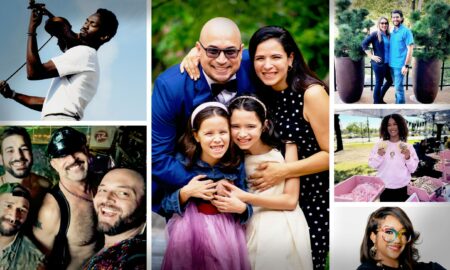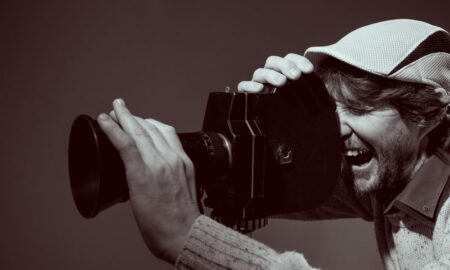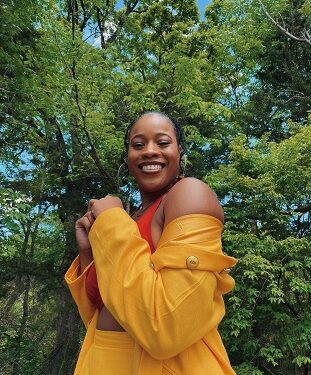

Today we’d like to introduce you to Char Adams.
Alright, so thank you so much for sharing your story and insight with our readers. To kick things off, can you tell us a bit about how you got started?
I moved to New York right after college with hopes of being a journalist. I began writing for People Magazine, where I was able to develop a lot of skills but I didn’t quite have a clear picture of the kind of journalist I wanted to be. Over time, I developed a passion for racial equity, Black feminisms, and combatting systems of oppression. Soon, my writing began to focus on social justice issues, systemic racism and sexism, intersectionality, and even disability rights. My work on those subjects has been published in People, the New York Times, NBC News, Teen Vogue, The New Republic, Vice, Vox, and elsewhere. I’ve been so fulfilled in my career because I’ve been able to use my platform to bring attention to social issues people may not have thought deeply about — all while providing thoughtful, nuanced analyses on everything from police brutality to gender-based violence.
We all face challenges, but looking back would you describe it as a relatively smooth road?
It certainly has not been a smooth road. There are so many struggles that come with being a Black woman in the news media. But an added disability has made the road much more challenging. I’ve lived with a stutter for most of my life, it’s a neurological condition that cannot be cured. So, I’ve had to go to great lengths to advocate for myself as a disabled person in the journalism field. I’ve had people question my abilities and deny me opportunities because of the way I speak. But I’ve managed to fight for myself, establishing my stutter as a disability that doesn’t negatively impact my ability to do my job but, in fact, makes me a better journalist because of the empathy, patience, and resilience I’ve developed because of my disability. At the beginning of my career, I had seasoned journalists question whether I could conduct interviews. Since then, I’ve interviewed everyone from Serena Williams and Ciara to Zendaya and John Legend.
As you know, we’re big fans of you and your work. For our readers who might not be as familiar what can you tell them about what you do?
I’m a journalist who writes about social issues regarding race, gender, class, and ability. I’m known for my sharp, nuanced analysis of our nation’s current systems, and for encouraging people to think deeply about the world we live in. I’m proud that I’ve been able to bring radical ideas and politics to mainstream platforms like NBC, People Magazine, the New York Times, and more. I’m a Black woman with a disability navigating a field (journalism) dominated by whiteness; this sets me apart and puts me in the perfect position to challenge and even improve the field.
Can you talk to us about how you think about risk?
I would certainly describe myself as a risk-taker. Choosing to be a journalist as a Black, disabled woman has always been a risk, especially in the beginning. Journalism has never been considered the most lucrative field, and it certainly hasn’t been kind to Black women historically. But I understand that the work I do is necessary and, for me, it is heart and soul work. I don’t think much about my legacy, but when I reach the end of my life, I want to know that I did all I could — what little I could — to be part of the movement to push society into a better, freer direction and that I brought people along with me.
Contact Info:
- Twitter: https://twitter.com/CiCiAdams_
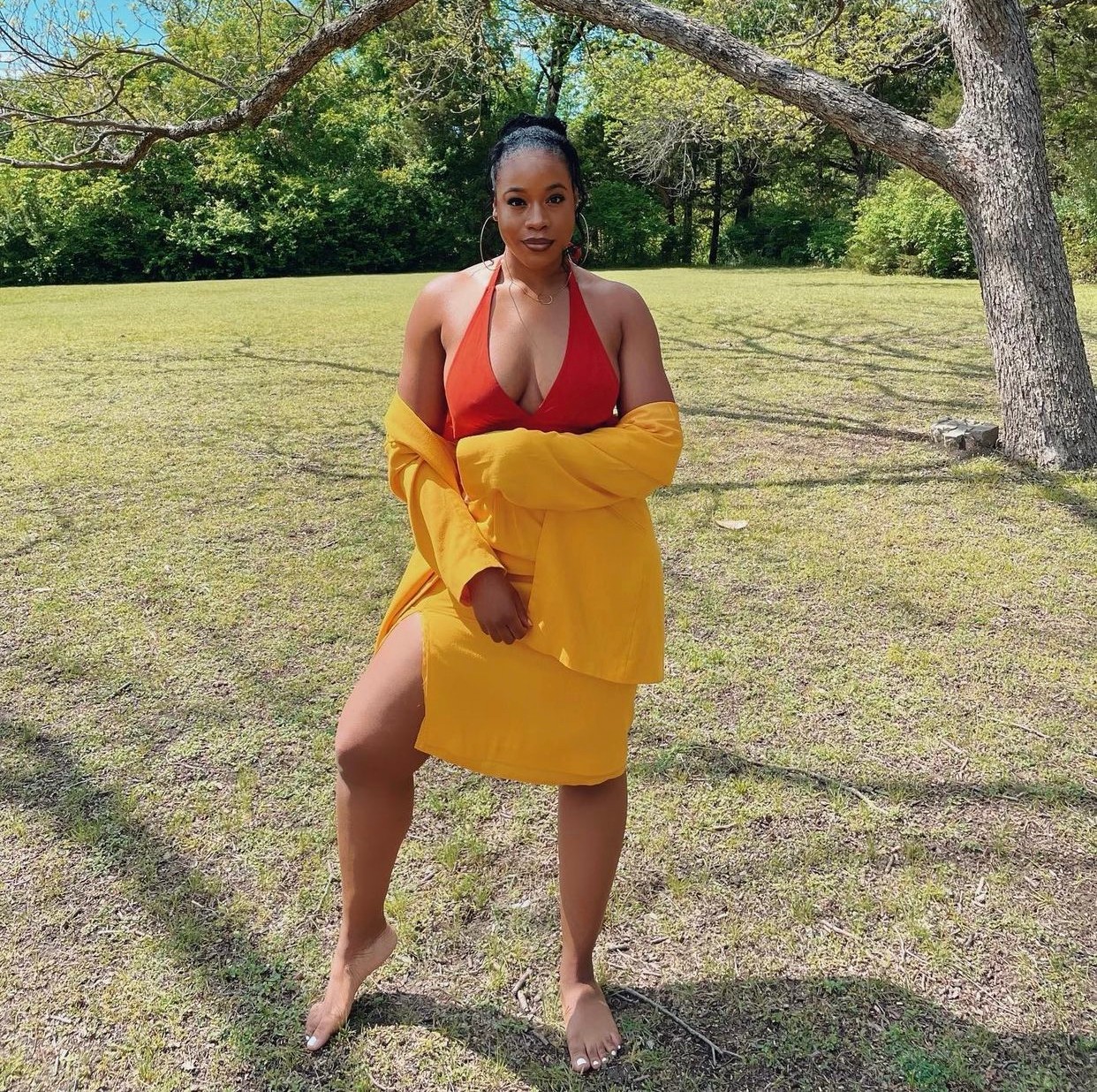


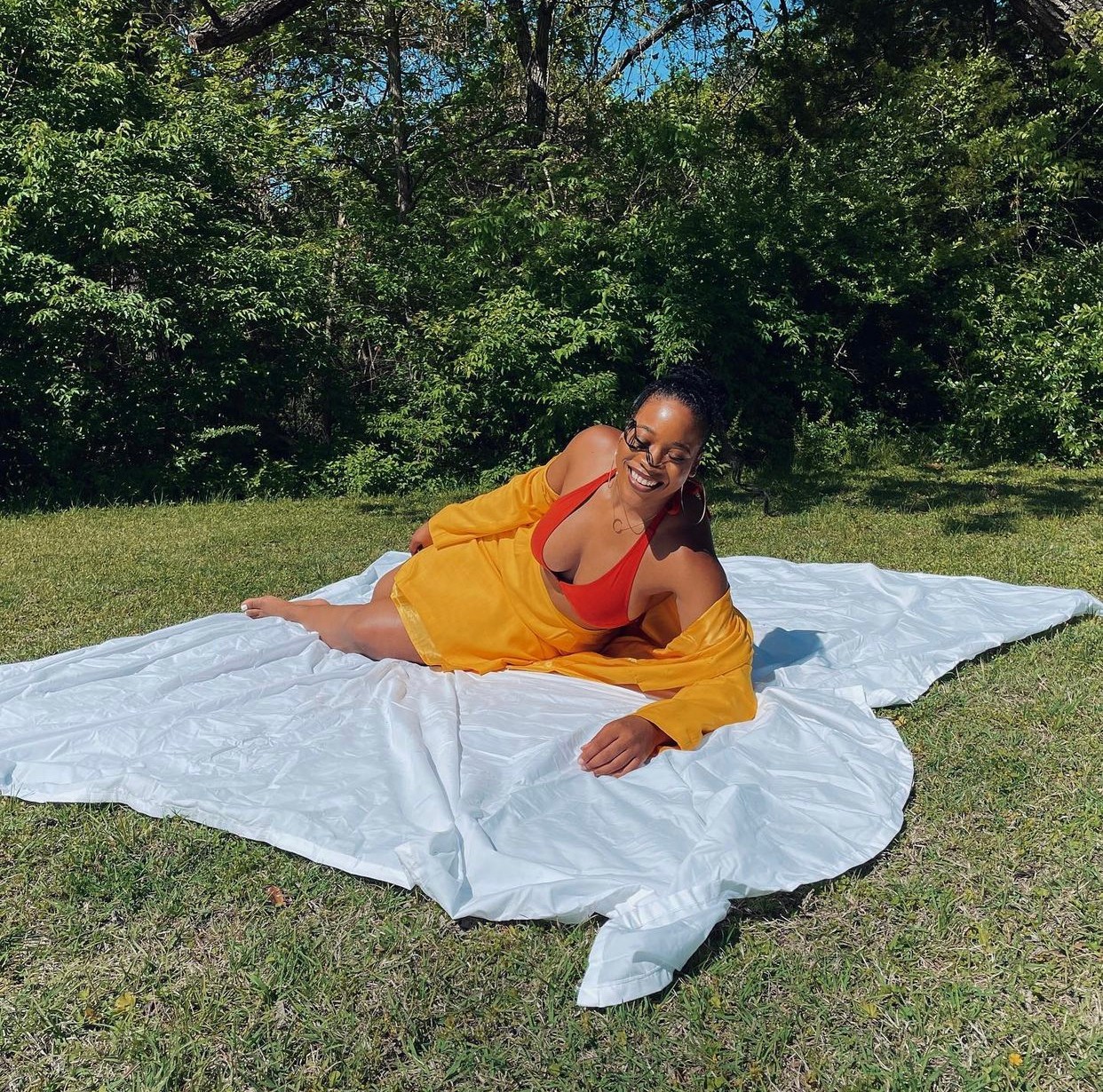
Image Credits
Tro’juan Henderson

